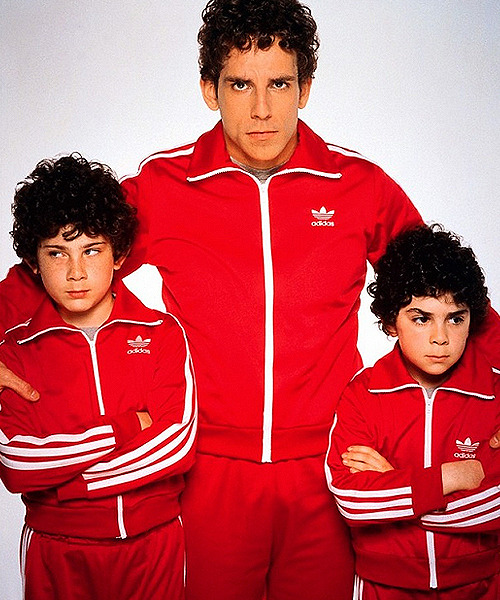
The Adidas company is the largestsportswearmanufacturer in Europe.
Adolf “Adi” Dasslerstarted to produce his own sports shoes in his mother’s wash kitchen in Herzogenaurach, Bavaria after his return from World War I. On 1 July 1924, his brother Rudolf “Rudi” Dasslerjoined the business, which became Gebrüder Dassler Schuhfabrik (Dassler Brothers Shoe Factory) and prospered. The pair started the venture in their mother’s laundry, but, at the time, electricity supplies in the town were unreliable, and the brothers sometimes had to use pedal power from a stationary bicycle to run their equipment.
Both brothers joined the Nazi Party, but Rudolf was slightly closer to the party.
Adidas, like other sports brands, is believed to engender high consumer brand loyalty. Brand loyalty towards Adidas, Nike, Inc., Puma AG and several other sportswear brands was examined in a recent study. The study found consumers did not exhibit unduly high loyalty towards such brands.
During the mid to late 1990s, Adidas divided the brand into three main groups with each a separate focus: Adidas Performance was designed to maintain their devotion to the athlete; Adidas Originals was designed to focus on fashion and life-style; and Style Essentials, with the main group within this one being Y-3.
“Impossible is Nothing” is the current mainstream marketing slogan for Adidas. This campaign was developed by 180/TBWA based in Amsterdam but also with significant work being done by TBWA/Chiat/Day in San Francisco – particularly for its basketball campaign “Believe In Five”.TBWA\Chiat\Day commissioned Zane Peach to produce images for 2007 international ad campaign.
In the 1980s, Adidas sponsored rap group Run-D.M.C., a breakthrough idea.
Adidas has been criticized for operating sweatshops, particularly in Indonesia. Between 2006 and 2007, Adidas rejected many of its suppliers that supported unions for subcontractors with less reputable labor rights records.By subcontracting work to different suppliers, it is more difficult for Adidas to ensure company labor standards are enforced. Workplace standards that Adidas’ policy upholds include the freedom for workers to take part in collective bargaining and a non-retaliation policy towards workers who express concerns. In practice, however, many of Adidas’ suppliers have not upheld these standards. At the Panarub factory in Java, 33 workers were fired after striking for better pay in 2005. PT Kizone is another Indonesian factory where Adidas has received criticism over treatment of workers. They produced products for Adidas as well as Nike and the Dallas Cowboys until they closed recently. 2800 workers were laid off and are owed $3 million in severance pay. Nike has contributed $1.5 million but Adidas has not acted. A campaign has been initiated by United Students Against Sweatshops calling for universities to cut contracts with Adidas.
othymoore65m-blog reblogged this from spuriosity-blog
othymoore65m-blog liked this
spuriosity-blog posted this